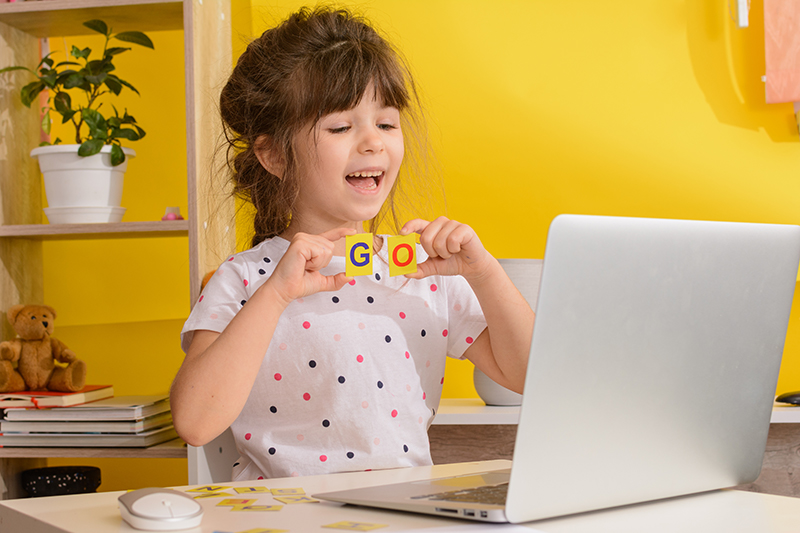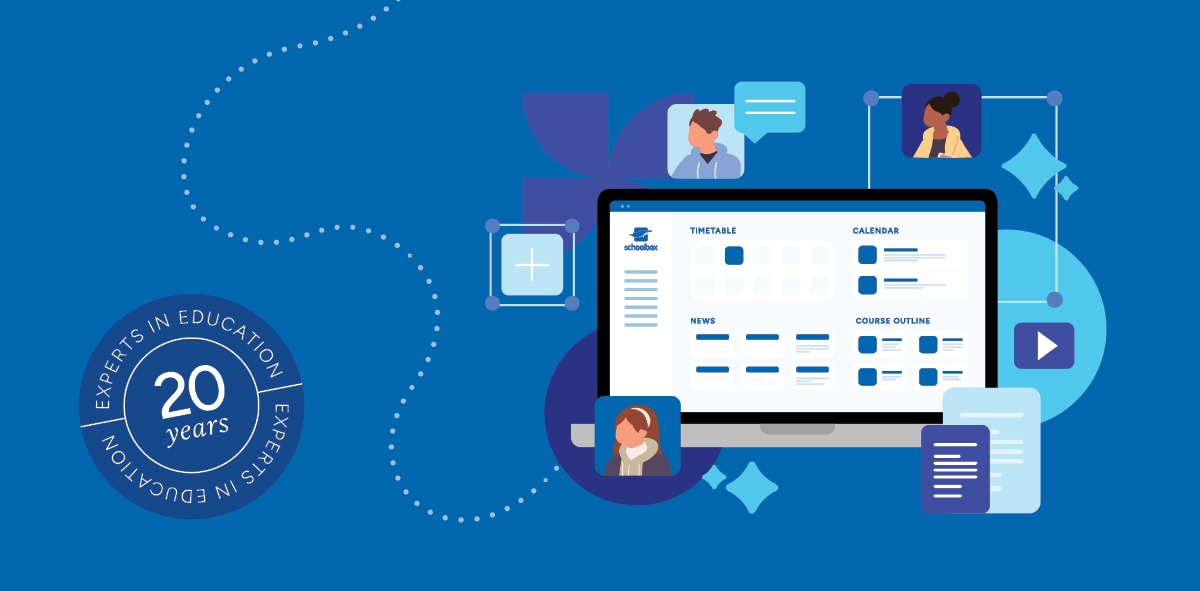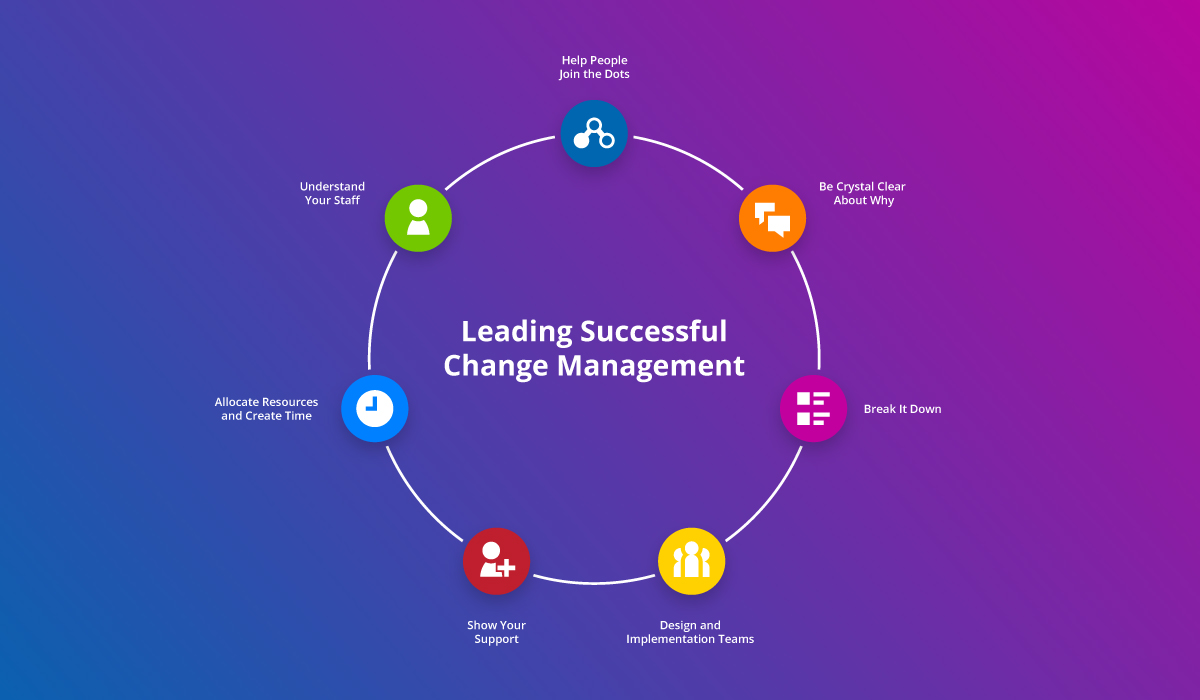There is a palpable sense of cautious optimism as we begin a new, or continue the academic year across the world. The optimism however is bridled by the need to be aware of, and ready for schooling with COVID as a ‘new normal’, the implications of which should be considered in aspects of a school’s planning and preparations.
The coronavirus pandemic has changed many aspects of our lives and education has not been immune from disruption. As we begin 2021, lockdowns remain a constant possibility , and schools everywhere need to be readying themselves to pivot to remote learning, if and when required.

The blended learning approach
As schools plan for the ongoing uncertainty associated with COVID-19, they should look to proven models of teaching that many teachers have already demonstrated through their collective ability to adapt quickly. The blended learning approach has become an accepted and proven method for instruction and for many schools.
The focus of this blog is on how teachers can better prepare themselves for a ‘COVID normal’ way of teaching in order to ensure that learning continuity can be maintained and the negative impact of disruptions on student learning can be minimised.
The opportunities afforded through a blended approach to learning are numerous and now that many teachers recognise the benefits of being able to facilitate learning regardless of their location, the practice has become an entrenched ‘fallback’ model for schools should the need arise.
What is blended learning?
Unlike traditional teaching which has centred around the physical classroom with the teacher providing content to students in a face-to-face situation, blended learning offers a varied and dynamic teaching and learning experience, involving both in-person and online environments. The combination of these modes of delivery allow for interactive and meaningful learning opportunities and ensure continuity of education.
Benefits of blended learning
A blended learning model provides an ideal way in which to teach and engage with students, as it meets the needs of a diverse range of learners. Different learning styles are catered to, because the teaching is not done through a single medium. Rather, a variety of teaching and learning methods are possible, including but not limited to in-person delivery, live video conferencing, surveys, forums, polls, quizzes, and online submissions for assessment.
These methods can also be delivered through a mix of synchronous and asynchronous experiences depending upon the teacher’s preference and understanding of students’ learning styles.

Overcoming technological challenges
There are some challenges in terms of technology that both teachers and students may encounter when undertaking blended learning. Good planning can ensure any challenges are minimal and brief and should not represent a barrier to adoption of blended learning and the associated benefits.
Some common technological challenges may involve:
- Limited access to devices and the internet.
- Information systems and available software may be inadequate.
- School platforms do not address staff, student and parent needs.
- Lack of digital literacy and confidence in the use of new programs.
These challenges can be overcome with a quality Learning Management System (LMS), one that is both intuitive and easily accessible via any smart device. This will make life much easier for teachers to adapt to a blended learning approach.
Contemporary LMS are not only teacher-friendly, but often come with support mechanisms including how-to guides and community groups. Further to this, they often provide third party integrations, meaning that access to other related platforms can be achieved via the one access point.
Overcoming instructional design challenges
Teachers may lack experience or confidence in developing and implementing blended learning and this may cause anxiety or result in an unwillingness to try new ways.
The key is to remember that the fundamentals of teaching remain the same no matter the format, with content, pedagogy, and assessment being the cornerstones of the teaching and learning cycle.
Matching the best delivery medium to desired performance objectives is important, as is considering the class of students and their situations as outlined above.
Where confidence is an issue, there are many professional communities who are willing to support and assist staff. And within the cohort of teachers, there are often digital champions who can provide guidance, as well as many great online professional learning communities. In addition, if the school has a dedicated learning management platform, there will likely be “how-to” guides and professional support.
So, where to start? Develop new instructional design strategies and make decisions based on expected participation and outcomes. Perhaps one unit, one topic, or even one activity. Then, go onto try video conferencing, pre-recording of content, uploading digital resources, creating forms, producing online quizzes, and setting up online submissions for assessments.
Competence in adjusting instructional design will come with practice. Soon enough, student engagement will indicate what works well and what doesn’t work so well.
Overcoming Learning Environment Challenges
In a climate where lockdowns remain a threat, and staggered timetables are implemented, it can be very challenging to establish a consistent, comfortable learning environment, especially for younger students.
Boosting student engagement and participation can be tricky even at the best of times, but during lockdown, motivating students comes with an additional layer of complexity. The good news is that there are some fantastic collaborative opportunities that can work well to activate and enthuse students. These include live video conferencing (younger students may be encouraged to have their favourite toy beside them), polls, forums, and the ability for students to upload files and images to a centralised system.
The key is setting clear expectations and providing a consistent approach. And of course, teaching students about being good digital citizens.

It may be premature to believe that in 2021 schools will all return to pre-COVID operations. Instead, encouraging staff to be prepared for anything and in particular, further disruptions to on-campus learning, is imperative and a clear plan as to how learning continuity can be maintained and through what means is essential.
Fortunately, there are contemporary teaching strategies like the blended learning approach which enable teachers to stay organised, empower them to be confident and agile, and which allow for uninterrupted learning and student engagement.
Setting up a blended learning approach now, will ensure that teachers can continue to focus on what is important—their students.
Peter Cottle is an educator and e-learning specialist with over 13 years experience in K–12 schools. A passionate advocate of learning design underpinned by Universal Design for Learning approaches, Peter is a Territory Manager at Schoolbox and is continuously looking for ways to enhance the learning experience of all learners.
Want to learn more about maximising blended learning for your students? Check out our following resources:















